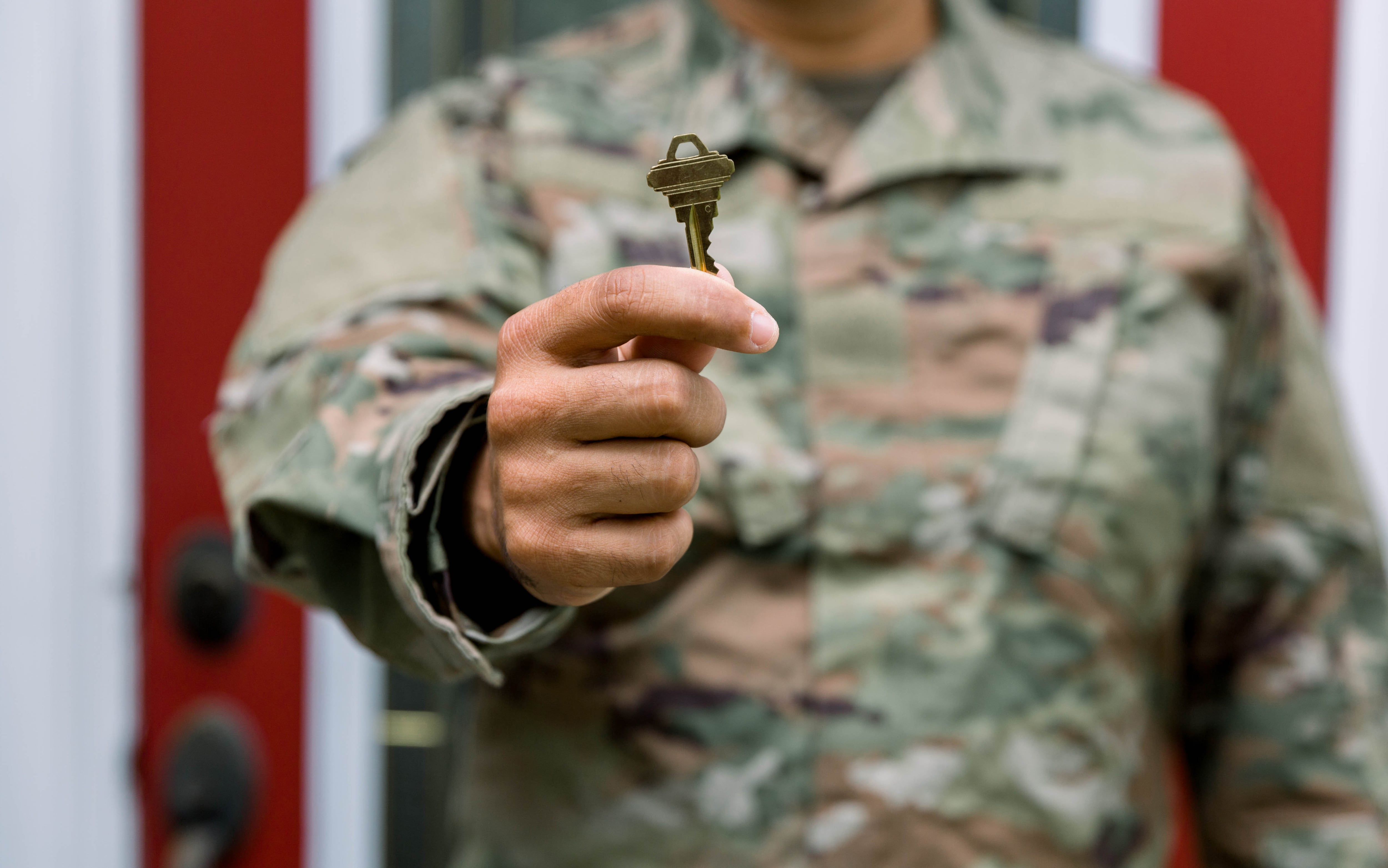As tensions intensified in the Yemeni capital of Sanaa earlier this year, deployed troops with the 24th Marine Expeditionary Unit took found themselves taking unconventional steps to prepare for immediate crisis response at a moment's notice.
The deployment may have been the first in which that saw Marines boarded on Navy minesweeper countermeasures ships to assist with sea patrols and keep passage open in the Bab al-el-Mandeb straits between Yemen and the Horn of Africa, said Col. Scott Benedict, the MEU's commander. Benedict, who returned with the MEU in July following a seven-month deployment, said the unit spent five of those months with a presence in the Gulf of Aden and the Red Sea, ready to react instantly if the call came.
Ultimately, Marines and other troops assigned troops would evacuate to the U.S. Embassy in Sanaa and civilian staff would evacuated the embassy and departed Yemen by chartered aircraft in February, with the Marines destroying personal weapons and sensitive documents as they left.
But while the Marines with the Camp Lejeune-based MEU were never tasked with setting foot in Yemen, their efforts to prepare for a potential crisis involved innovative approaches to security and surveillance, and endurance through long stretches at sea.
Small elements of Marines the size of a rifle squad or fire team embarked with sailors on the minesweepers, while contingency operations were ongoing in and around Yemen to shore up security in surrounding waters, Benedict said.
It's an idea that he'll promote to future MEU commanders as a way to better exploit resources and involve Marines in a greater spectrum of operations, he said.
"What we think this demonstrated was having the flexibility to put small teams in the right place with the right capabilities ... it was value added for both [the Marines and the Navy]," Benedict said. "It's something different, it's something exciting, and it's something that provides real value added back to the next Marine team."
Putting Marines on a wider spectrum of Navy ships is also a concept that senior leaders of both services have hailed as they plan for an amphibious future focused on seabasing and closer blue-green cooperation.
Marines and sailors from the MEU also executed non-traditional intelligence, surveillance and reconnaissance missions aboard MV-22 Ospreys across the Gulf of Aden and the southern Red Sea as unrest spiked in Yemen. The tiltrotor platform gave Navy personnel longer range for surveillance and a better awareness of their area of operations, Benedict said.
"When you have the legs, the range, the capabilities that the Osprey provides, it certainly expands that area of operations," he said. "It's just a different way to add another piece of the puzzle when you're trying to figure out maritime domain awareness."
Perhaps the greatest challenge for many of the 2,300 troops deployed with the MEU came with the long stretches at sea that the unit's crisis-ready posture required throughout the deployment. First1st Lt. Joshua Larson, a MEU spokesman, said the unit spent a total of 155 days underway and completed one 84-day stretch at sea without making a port stop — an unusual feat of endurance for a MEU deployment.
While Benedict said Navy teams worked hard to keep up with ship maintenance that might typically be done in port, he acknowledged that the long spans of time underway did wear could wear on the Marines and sailors aboard.
"The days … it gets a little bit of a Groundhog Day," he said. "But understanding why we’re doing, what we're doing, and why it’s important to the people on the other end, is what matters."
The return of the 24th MEU also represents the conclusion of a proof-of-concept testing period for the Special Operations Forces Liaison Element, a six-man team designed to deploy with MEUs and help better coordinate MEU and SOF operations and training. The test also included the 11th MEU, which deployed with a SOFLE from the West Coast last year.
Benedict said the team, led by a MARSOC officer, was able to train with SOF forces at various times throughout the deployment and facilitated communication with special operatorsions troops inside the embassy in Sanaa before and during the evacuation.
"We think that we need to continue to expand training, expand opportunities for the forces to work together," he said. "Our recommendation is: Do more. These are two very unique forces that are going to be forward deployed on the edge of crisis. That opportunity to bring the two forces together to maximize their capability is, I believe, a great path forward."




